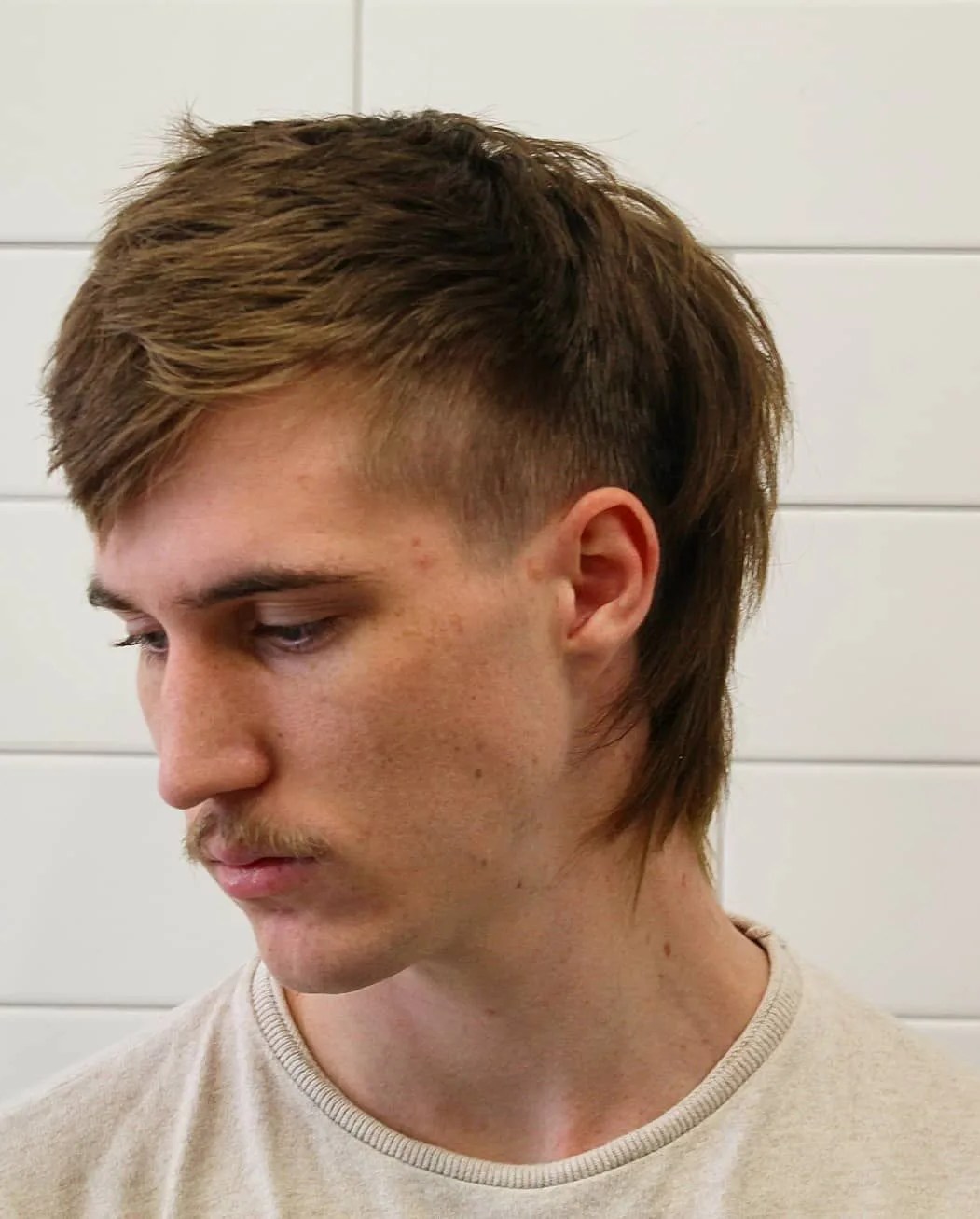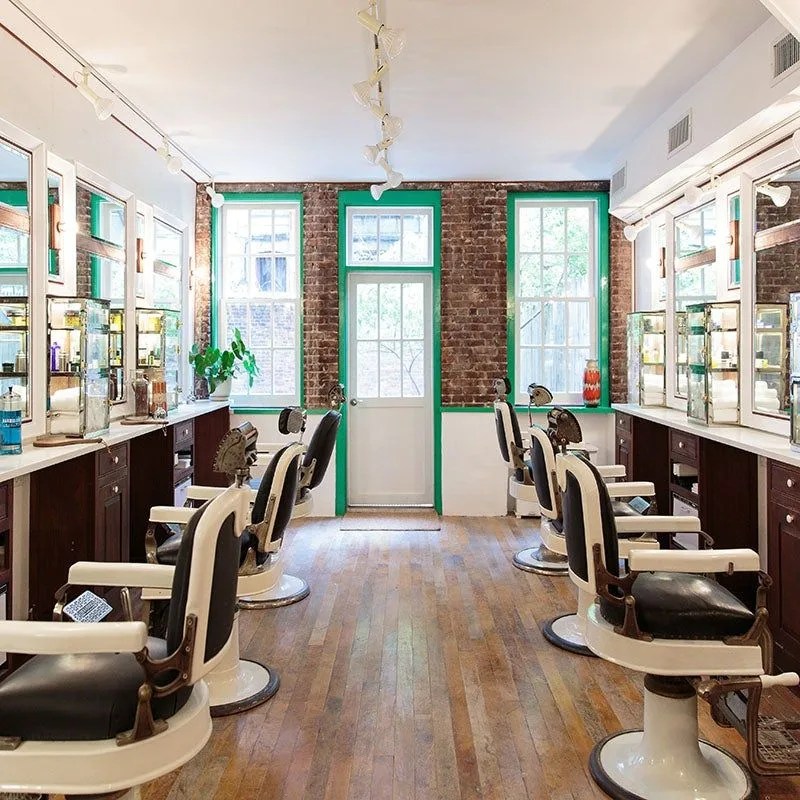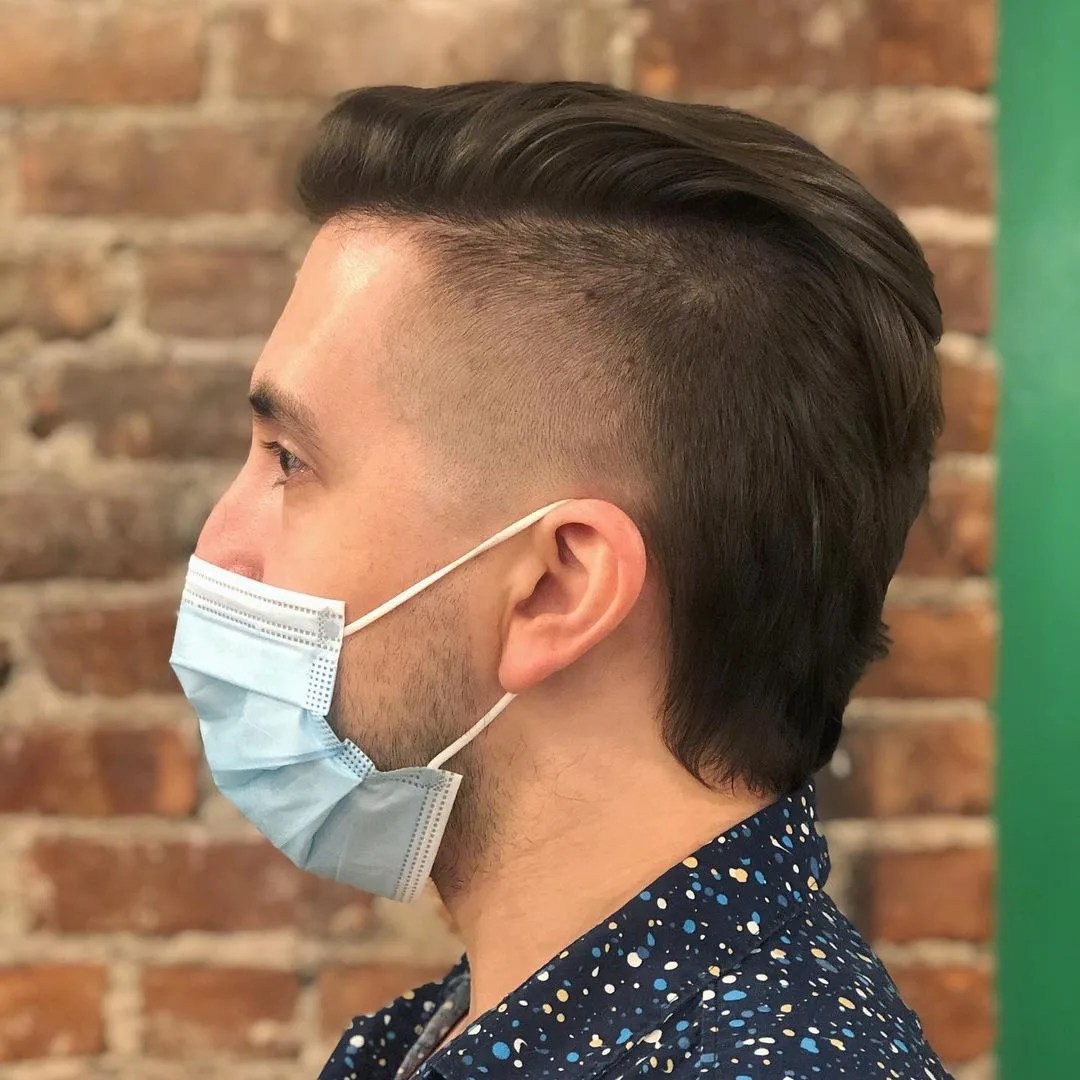Mullets. Think of them in your head. Who comes to mind? Charlie Sheen? Billy Ray Cyrus? John Stamos? Andre Agassi? Patrick Swayze? David Bowie? The fictional character Joe Dirt (played by David Spade)? Your parents circa some 20 or 30 years ago? No matter how cool some of these mullets looked, the haircut itself has a bad reputation. In most people’s eyes, it’s an ugly, unkempt and chaotic cut best saved for exaggerated portrayals of country folks. But, times change. The mullet’s back and better than ever. (Even the National Association of Barbers thinks so.)
“It is undoubtably getting more popular and I’m certainly getting a lot more requests for them. But it’s all relative and it’s still a haircut that sits on the fringes (pardon the pun) of everyday society,” Emily Clark, Senior Barber at Soho’s Fellow Barber, says. But however fringe it may still be, the number of people requesting one (and sticking with it) is growing. “Currently I have about 15 regular mullet customers.”

The mullet you’re imagining, though, isn’t the one Clark’s clients are leaving the shop with. A modern version of the mullet — a kind of cross between a shag and a bob, and, of course, a mullet — is taking over. It’s subtler (still hard to say about a mullet, I know) and more of a treatment for unmanageable long hair than it is an end goal. Although the cut’s versatility is making it more and more appealing.
“There are so many varieties on how a mullet can be cut and worn,” Clark says. “It can be super extreme or really subtle. It reached its peak in the 80s from Joan Jett to Miami Vice, [but a] more modern take would be a skin faded mullet, or something much softer and face framing. The main defining factor is the length left in the back, typically disconnected from the rest of the haircut.”
“What even is ‘appropriate’ nowadays?”
As Clark said, the crux of what made the mullet a mullet remains. It’s just that the style’s been pared back to be more appropriate in today’s context. (Hair rock hasn’t had quite the resurgence punk pop has.) But Clark says that those interested in a mullet (or with long hair they’d like to reimagine) shouldn’t be worried about reactions from their peers.




